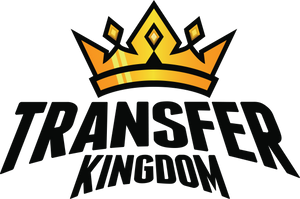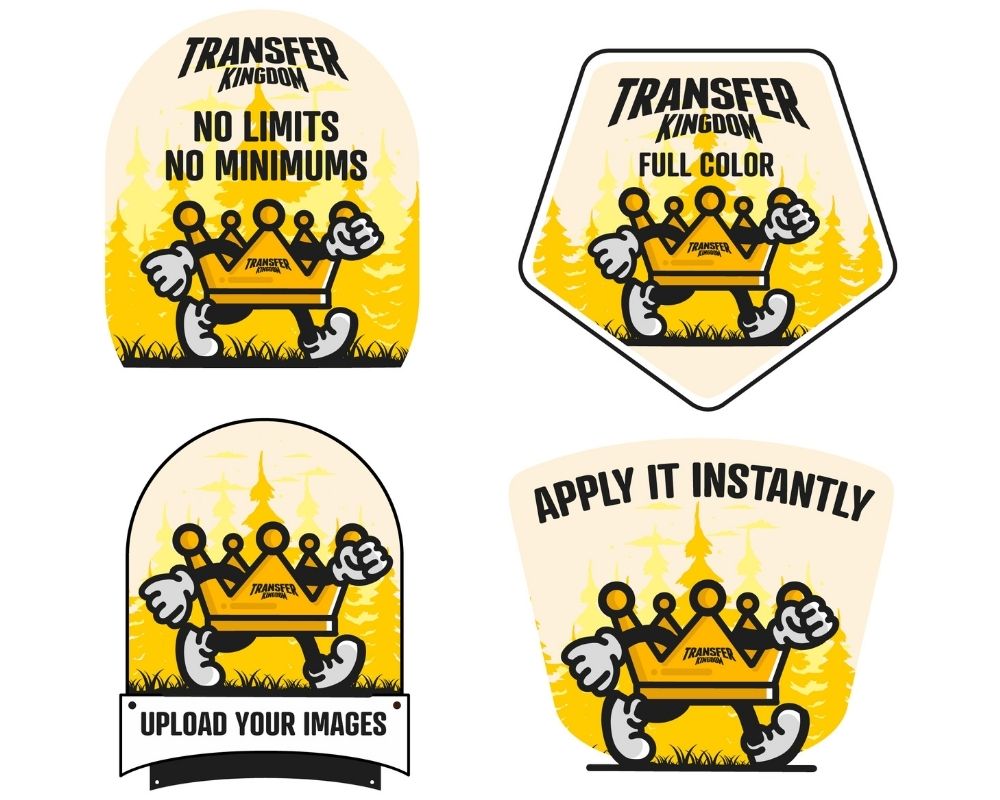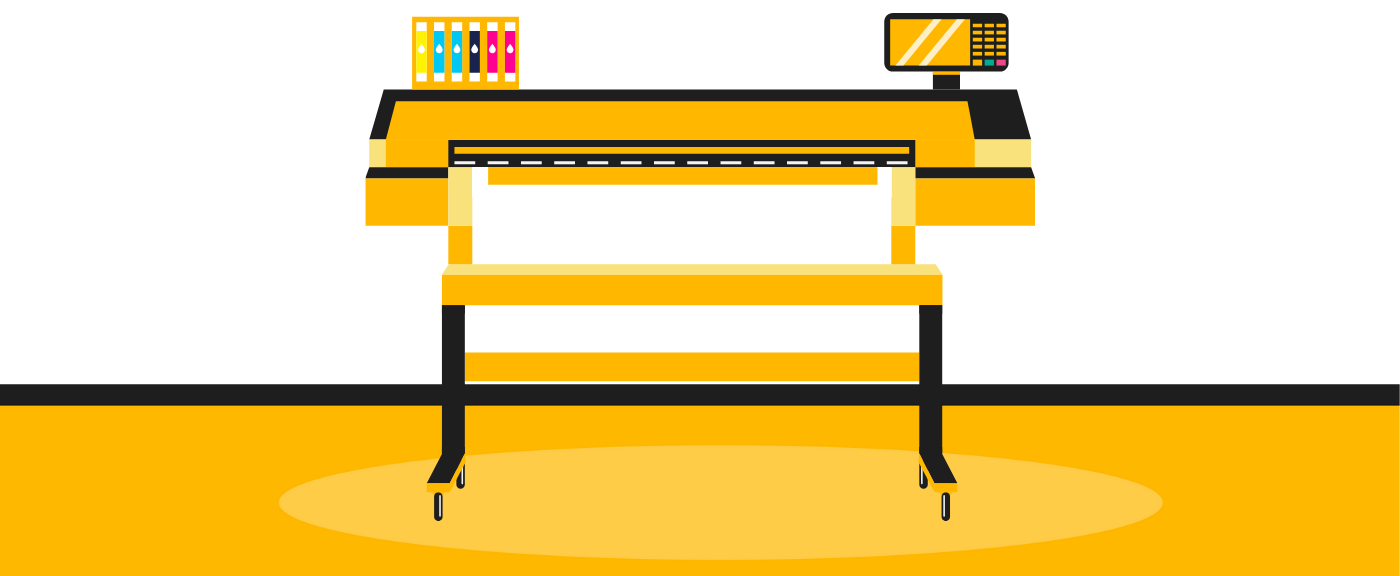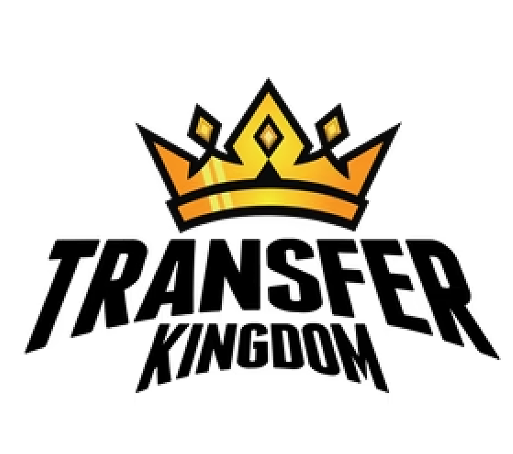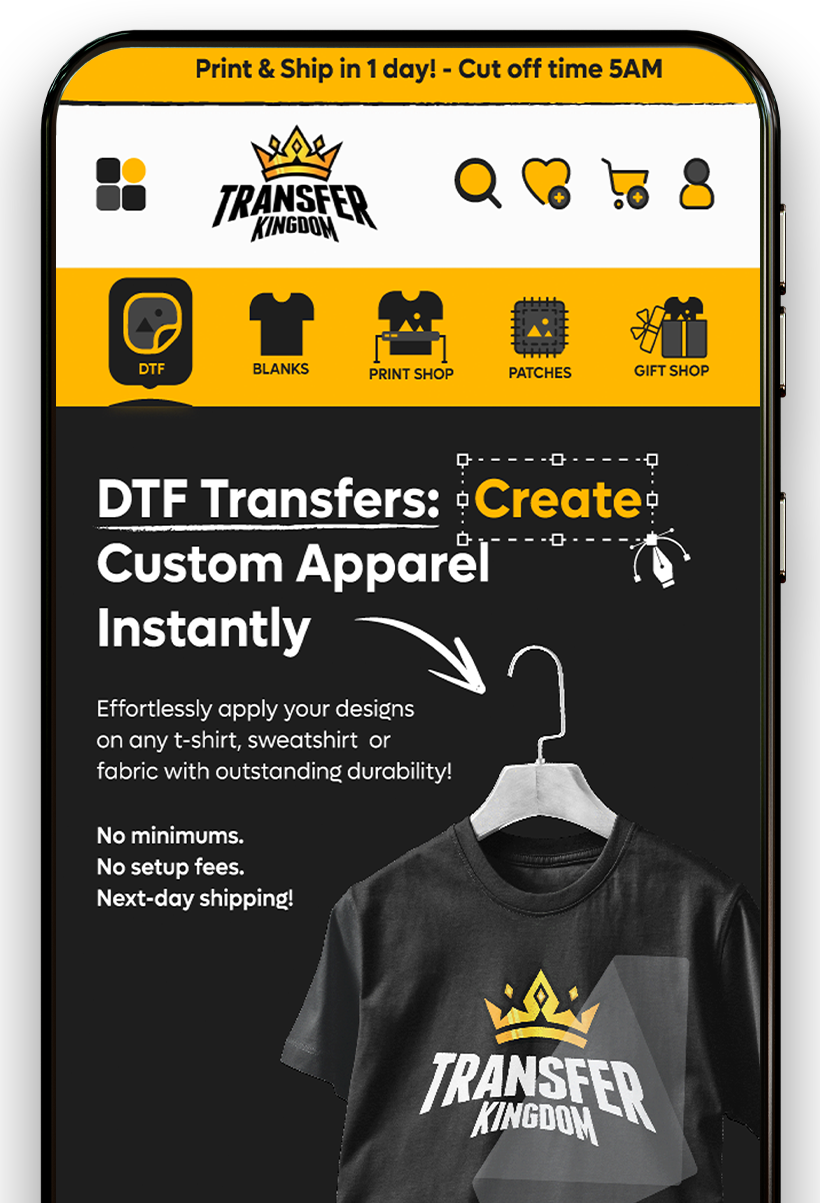DTF Printing vs. Screen Printing: Which is Better for Your Business?
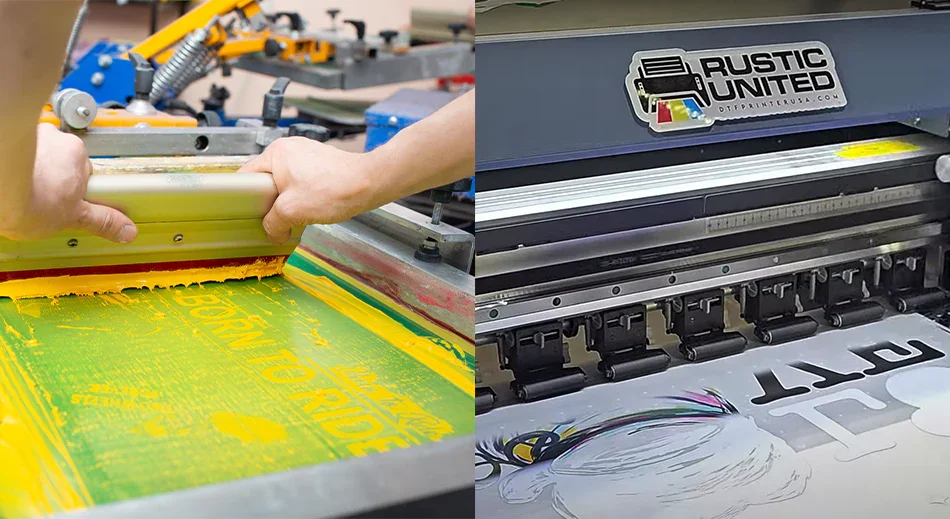
Introduction
Choosing the right printing method for your business can significantly impact your product quality, production speed, and overall profitability. Two popular techniques in the industry are DTF (Direct-to-Film) printing and screen printing .
DTF printing involves printing designs onto a special film, applying an adhesive powder, and transferring the design to fabric using a heat press. This method is known for its versatility, allowing full-color designs on various materials.
Screen printing , on the other hand, uses a stencil and layers of ink to create designs. It is renowned for producing durable and vibrant prints, especially cost-effective for bulk orders.
This article delves into both methods, providing:
- An in-depth look at DTF and screen printing processes.
- A cost analysis to help you understand financial implications.
- Insights into how each method handles design complexity.
- Fabric compatibility considerations.
- Environmental impact of each technique.
- Profitability factors based on market demands and production speed.
Equipped with this information, you'll be able to make an informed decision on the best printing method for your business needs.
Understanding DTF Printing
How DTF Works
DTF, or Direct-to-Film, printing is a modern technique that prints designs onto a special film. This film is then transferred to fabric using a heat press. Here’s a quick overview of how the DTF process unfolds:
Design Creation : The desired design is created digitally using specialized software.
Printing on Film : The design is printed onto the film using water-based CMYK inks and a special white ink underbase for vibrant colors on dark fabrics.
Adhesive Application : An adhesive powder is applied to the printed film, which helps the design stick to the fabric during transfer.
Heat Press Transfer : The film with the design is placed on the fabric and pressed with a heat press, transferring the ink from the film to the fabric.
This method is particularly advantageous for creating full-color and highly detailed designs on various materials.
Key Advantages of Using DTF for Businesses
DTF printing offers several benefits that make it an attractive option for businesses:
-
Versatility in Design :
Full-Color Prints: Unlike traditional methods, DTF allows for highly detailed and vibrant full-color designs.
Complex Patterns: Handles intricate patterns and gradients effectively without compromising on quality.
-
Fabric Compatibility :
Wide Range of Materials: Compatible with cotton, polyester, blends, and even dark or textured fabrics.
Superior Results on Dark Fabrics: White ink underbase ensures colors pop even on darker materials.
-
Cost-Effectiveness for Small Runs :
Low setup costs make DTF ideal for short print runs or custom orders without significant financial investment.
-
Quick Turnaround Time :
Faster production times for multi-color designs since it eliminates the need for multiple screens or layers.
-
Durability :
Prints are long-lasting and withstand multiple washes without significant fading or cracking when properly cared for.
These advantages highlight why DTF printing can be a game-changer for businesses looking to offer high-quality, versatile printing solutions.
Understanding Screen Printing
How Screen Printing Works
Screen printing is a traditional printing technique that involves transferring ink through a mesh stencil onto the fabric. The process includes:
- Creating the Stencil : A design is transferred onto a fine mesh screen using either a photographic emulsion or other stencil methods.
- Setting Up the Screen : Each color in the design requires a separate screen, which means complex designs necessitate multiple screens.
- Applying Ink : Ink is pushed through the mesh openings onto the fabric using a squeegee.
- Curing the Print : The printed fabric is then dried and cured at high temperatures to set the ink.
Each layer of ink is applied one at a time, making this method highly effective for bold, simple designs but more labor-intensive for multi-color or intricate patterns.
Key Advantages of Screen Printing
Screen printing has several advantages, especially for bulk orders:
- Cost-Effective for Large Quantities : Once screens are created, they can be reused for large print runs, reducing the cost per unit significantly.
- Durable and Vibrant Prints : The thick layers of ink used in screen printing result in long-lasting and vibrant colors that hold up well after multiple washes.
- Versatility : This method works well on various materials including textiles, paper, wood, and even some plastics.
Screen Print Transfers
Screen print transfers are a hybrid between traditional screen printing and transfer printing methods. The process involves:
- Printing Design on Release Paper : Designs are first screen-printed onto special release paper.
- Heat Press Transfer : The printed release paper is then heat pressed onto the fabric or substrate.
Cost Analysis: DTF vs. Screen Printing
Breakdown of Initial Setup Costs
DTF Printing:
- Printer: Investing in a quality DTF printer can range from $2,000 to $10,000.
- Heat Press: Costs between $200 and $1,500 depending on the size and features.
- Transfer Film and Adhesive Powder: Initial supplies might cost around $100-$500.
Screen Printing:
- Screen Printing Press: Depending on the complexity (manual or automatic), prices range from $2,000 to upwards of $50,000.
- Screens and Frames: Each screen costs between $20 and $100.
- Inks and Squeegees: Starting supplies typically cost around $500-$1,000.
- Exposure Unit and Dryer: Combined costs can vary from $1,000 to over $10,000.
Comparison of Per-Unit Costs Based on Order Size
DTF Printing:
- Ideal for small to medium-sized orders due to low setup costs.
- Per-unit cost remains relatively stable regardless of order size; estimated at $2-$5 per print.
Screen Printing:
- Economies of scale become apparent with larger orders.
- Higher initial setup costs make it expensive for small runs but significantly reduce per-unit costs for bulk orders. For example:
- Small runs (under 50 units): Around $8-$15 per print.
- Large runs (over 500 units): This can drop to as low as $0.50-$3 per print.
Long-Term Cost-Effectiveness Analysis
DTF Printing:
- Pros: Lower initial investment, quick setup, suitable for complex designs and various fabrics.
- Cons: Higher per-unit cost for large volumes, potential maintenance costs for printers.
Screen Printing:
- Pros: Extremely cost-effective for large volumes due to lower per-unit costs. Durable prints that withstand multiple washes.
- Cons: High initial setup costs, labor-intensive process requiring skilled operators, slower turnaround for complex, multi-color designs.
Choosing between DTF and screen printing heavily depends on your business model. For frequent small runs or intricate multicolor designs, DTF may offer better scalability. Conversely, screen printing shines in high-volume production with simpler designs due to its long-term cost benefits.
Design Complexity and Opportunities in DTF and Screen Printing
Design complexity in DTF and screen printing plays a crucial role in determining the best method for your specific needs. Each technique offers unique strengths and limitations.
DTF Printing and Intricate Designs
DTF (Direct-to-Film) printing excels in handling intricate designs with multiple colors. This method allows for:
- High-definition prints: Perfect for detailed artwork, gradients, and photorealistic images.
- Full-color capabilities: Utilizes a CMYK process to achieve vibrant, complex designs.
- Versatility: Effective on various fabrics, including dark and textured materials.
For example, a business aiming to print a detailed, full-color logo on different types of apparel would benefit significantly from DTF printing due to its precision and color range.
Screen Printing and Intricate Designs
Screen printing is traditionally known for its durability and vibrant colors but has some limitations when it comes to design complexity:
- Simplicity: Best suited for bold, simple designs with fewer colors.
- Layering: Requires separate screens for each color, making multi-color designs more labor-intensive and time-consuming.
- Vibrancy: Produces highly durable and vibrant prints but struggles with fine details.
Businesses focusing on bulk orders with straightforward logos or text will find screen printing more cost-effective. The classic method shines when simplicity is key, providing long-lasting prints that maintain their vibrancy through repeated washes.
Strengths and Limitations
DTF Printing:
- Strengths: Handles complex, multi-color designs; compatible with numerous fabric types.
- Limitations: Higher per-unit cost for small runs compared to bulk screen printing.
Screen Printing:
- Strengths: Cost-effective for large quantities; produces durable prints.
- Limitations: Less suitable for detailed or multi-colored designs; higher initial setup time and cost.
Choosing between these methods hinges on the specific design requirements of your projects. For intricate artwork and smaller batches, DTF printing is ideal. For simpler designs in larger volumes, screen printing remains the preferred choice.
Fabric Compatibility with DTF and Screen Printing Methods
Understanding fabric choices for DTF and screen printing is crucial when selecting the right method for your projects. Both techniques offer unique advantages depending on the fabric type.
Compatible Fabrics for DTF Printing
DTF (Direct-to-Film) printing shines with its versatility across various fabrics, including:
- Cotton
- Polyester
- Blends like cotton-polyester mixes
- Nylon and other synthetic fabrics
Using a white ink underbase, DTF excels in producing vibrant prints on dark or textured fabrics, ensuring high-definition results regardless of the material.
Compatible Fabrics for Screen Printing
Screen printing also works well with a broad range of fabrics but has some specific considerations:
- Cotton is highly receptive to screen printing inks, making it a popular choice.
- Polyester can be used but may require special inks to prevent dye migration.
- Blends , similar to cotton-polyester mixes, work effectively with the proper ink formulations.
Applying screen print transfers can enhance compatibility with various materials, ensuring bright and durable prints. However, achieving vibrant colors on darker fabrics often necessitates an underbase layer of white ink.
Special Considerations
For dark or textured fabrics:
- DTF Printing : Handles these challenges adeptly due to its digital nature and white ink underbase.
- Screen Printing : Requires additional steps such as multiple layers or specialized inks to maintain vibrancy and detail.
Each method has its strengths based on the fabric type and design requirements. Selecting the right approach ensures optimal print quality and durability tailored to your business needs.
Environmental Impact Considerations in Choosing Between DTF and Screen Printing Methods
When evaluating the eco-friendliness of DTF vs. screen printing , it is essential to consider several factors such as ink types, waste generation, and compliance with environmental standards.
Ink Types
- DTF Printing : Utilizes water-based CMYK inks, which are generally considered more environmentally friendly. These inks contain fewer harmful chemicals and release minimal volatile organic compounds (VOCs) during the printing process.
- Screen Printing : Primarily uses petroleum-based Plastisol inks. These inks require special handling and high curing temperatures, leading to greater energy consumption and potential release of VOCs.
Waste Generation
- DTF Printing : Produces less waste since it does not require physical screens or stencils. The digital nature of DTF printing minimizes material usage, reducing overall waste.
- Screen Printing : Generates significant waste from the creation and disposal of screens, stencils, and excess ink. Cleaning the screens often involves harsh chemicals that can be harmful to the environment.
Compliance Standards
Both methods can be made safer for use if non-toxic inks compliant with safety standards like OEKO-TEX or CPSIA are used. These certifications ensure that the inks do not contain harmful substances, making them safe for both the environment and human health.
By considering these factors, businesses can make a more informed decision on which method aligns better with their sustainability goals.
Profitability Factors to Consider When Deciding on a Printing Method for Your Business Needs
When assessing the profitability of DTF printing compared to screen printing, it's essential to consider various factors such as production speed, material costs, and market demand.
1. Production Speed
DTF Printing
The digital nature of DTF (Direct-to-Film) printing allows for faster turnaround times, especially for complex and multi-color designs. This method eliminates the need for screens, which can significantly reduce setup time.
Screen Printing
While screen printing is ideal for large bulk orders, the process can be slower due to the need for creating and aligning multiple screens for each color. This makes it less efficient for intricate designs requiring numerous colors.
2. Material Costs
DTF Printing
Initial setup costs for DTF are generally lower. The primary expenses include a specialized printer, film, and a heat press. The per-unit cost can be higher in small quantities but becomes more manageable as order size increases.
Screen Printing
Higher initial setup costs arise from the need for screens and ink. However, once set up, the per-unit cost decreases significantly with larger orders, making it more cost-effective for high-volume production.
3. Market Demand
Market demand plays a crucial role in determining which method is more profitable:
DTF Printing
Ideal for businesses catering to custom or low-volume orders with highly detailed designs. The versatility of DTF printing allows businesses to offer a wide range of products without significant investment in varied supplies.
Screen Printing
More suitable for large-scale production of simpler designs. This method continues to be favored by businesses producing large batches of items like branded merchandise or promotional materials due to its cost efficiency at scale.
Both methods offer unique advantages that can influence profitability based on your specific business needs and market demands.
Conclusion: Making the Right Choice Between DTF and Screen Printing Methods for Your Business Projects
Choosing between DTF printing and screen printing largely depends on your specific business needs and project requirements.
- For intricate, full-color designs in smaller quantities , DTF printing offers superior quality and versatility. It's ideal for projects requiring quick turnaround times or high-definition prints on various fabrics.
- For larger print runs with simpler designs , screen printing proves more cost-effective. Its durability and vibrant colors make it a reliable choice for bulk orders.
Each method has its strengths, so understanding your project's demands will help you find the best printing method for your projects. Whether prioritizing design complexity, fabric compatibility, or cost-effectiveness, both DTF and screen printing can cater to different aspects of your business needs effectively.
